Y10 Maths End of Year - things to remember
1/74
Earn XP
Description and Tags
Name | Mastery | Learn | Test | Matching | Spaced |
|---|
No study sessions yet.
75 Terms
which way are brearings measured from
clockwise from the north
what does ‘bearing of b from a’ mean
start at a and go to b
how to set bearings out
using 3 digits e.g. 045 degrees
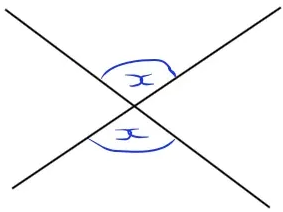
opposite angles are equal
x = x
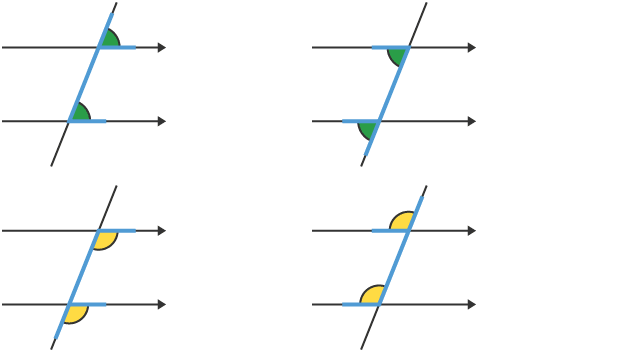
corresponding angles are equal
look for the f shape
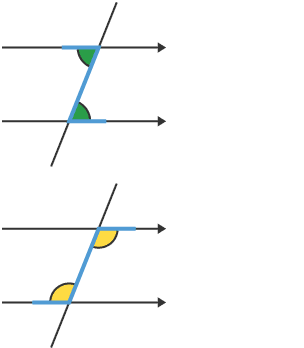
alternate angles are equal
look for the z shape
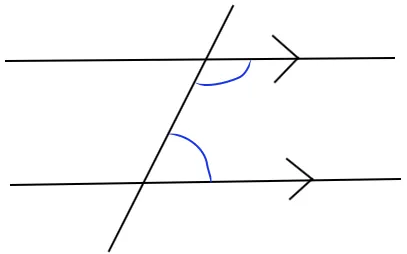
co-interior angles add to 180 degrees
the ambiguous case
If an angle is supposed to be obtuse but you’re getting an acute angle (or the other way round) subtract what you’re getting from 180 degrees
SOH CAH TOA
SOH: Sin = Opposite / Hypotenuse
CAH: Cos = Adjacent / Hypotenuse
TOA: Tan = Opposite / Adjacent
different sides for trigonometry (opposite, hypotenuse, adjacent)
Hypotenuse: always the longest (slanted) side
Opposite: always the side opposite the angle you’re trying to find
Adjacent: the side that is left over after the other two have been assigned, the one ‘next to’ the angle you’re trying to find out
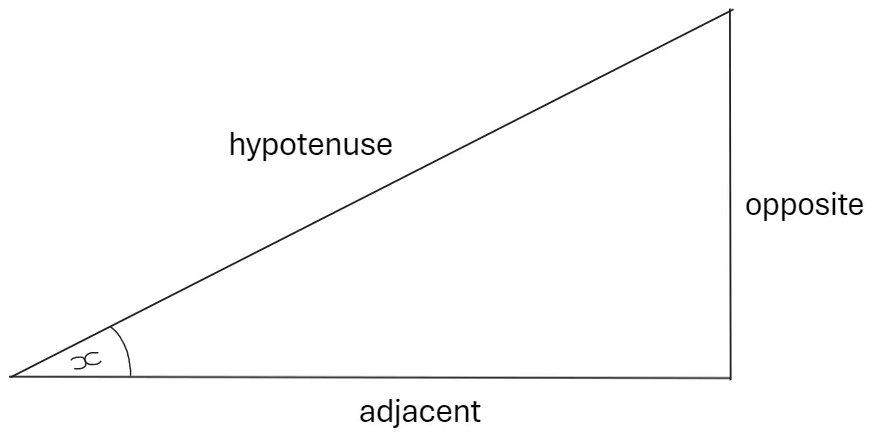
key fact about trig!
it only works with right-angled triangles
sine rule
sinA = sinB
a b
it also works flipped:
a = b
sinA sinB
a/b/c represent sides
A/B/C represent angles
the angle (capital letter) always goes with the sin, not the side
works with every triangle
always keep what you’re trying to find in the top (numerator) for easier rearranging
cosine rule
a2 = b2 + c2 - 2bc cosA
Lower case letters = lengths, upper case letters = angles
a = the length you’re trying to find
A = the angle opposite the length you’re trying to find
b & c = the lengths on either side of A
Look for an two sides with an angle in between that you know
Don’t forget to square root a!
area of a non right angled triangle
½ a b sinC
You need two sides (a and b) and the angle between them (C)
acronyms for simultaneous equations
DSA: Different Signs Add
SSS: Same Signs Subtract
what does > mean
greater than
what does < mean
less than
what does ≥ mean
greater than or equal to
what does ≤ mean
less than or equal to
what type of bound does an empty circle show on a number line
number isn’t included: < or >
what type of bound does an shaded circle show on a number line
number is included: ≥ or ≤
what happens when you multiply/divide both sides of an inequality by a negative number?
you flip the inequality sign (< turns to > etc)
which type of line do you use for < or > when graphing inequalities
dashed/dotted line
which type of line do you use for ≥ or ≤ when graphing inequalities
solid line
what does a solid line mean when graphing inequalities
≥ or ≤
what does a dashed/dotted line mean when graphing inequalities
< or >
area of paralellogram
base x vertical height
area of rhombus
width x height (diagonals)
2
area of trapezium
½ (a+b) x h
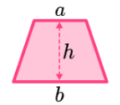
formula for probability
number of ways the desirable event could happen / total number of possible outcomes
mutually exclusive events
events that can’t happen at the same time e.g. rolling a 3 and rolling a 6 on a dice
all probabilities of mutually exclusive events add to 1
independent events
events that have no effect on each other
to work out the probability you multiply them together:
P(A and B) = P(A) x P(B)
tree diagram rules
across the diagram = multiply
down the diagram = add
and / or
and = multiply
or = add
similar
same shape with same angles but a different size
congruent
same shape & same size but has been rotated/translated/mirrored etc
SAS
Side Angle Side - two sides and the angle between them

ASA
Angle Side Angle - two angles and the side between them
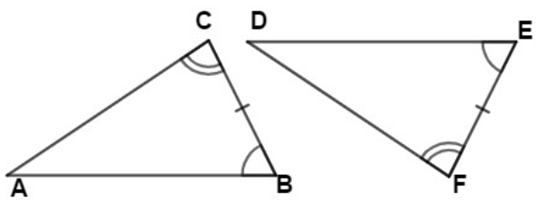
SSS
Side Side Side - all three sides

RHS
Right angle, Hypotenuse, Side
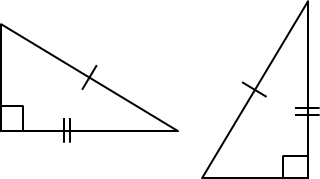

got it boss

got it 😘
ASF with VSF with LSF formulae
ASF = LSF²
VSF = LSF³
parts of a circle


angle at the centre is 2x angle at the circumference - arrowhead

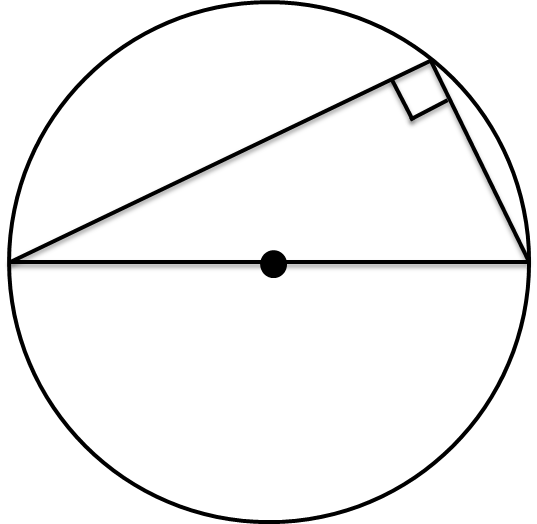
angle at the circumference in a triangle on the diameter is 90o
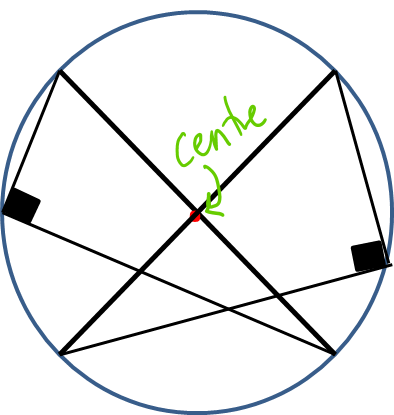
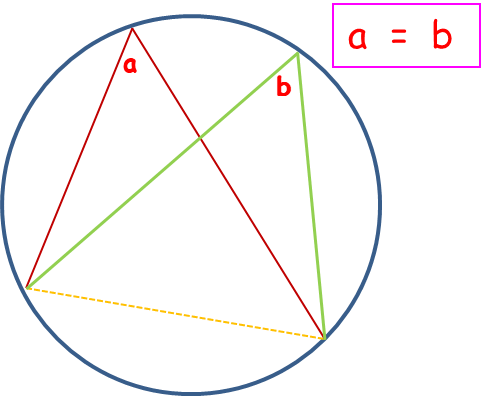
angles in the same segment are equal - butterfly
remember to stay in the same segment
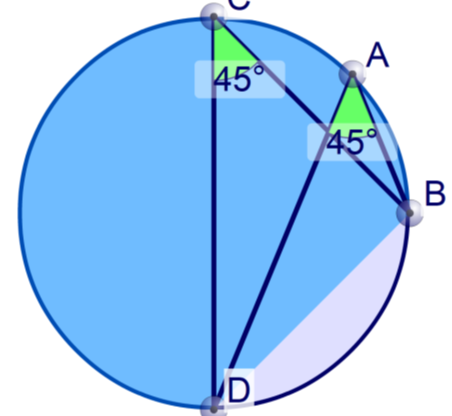
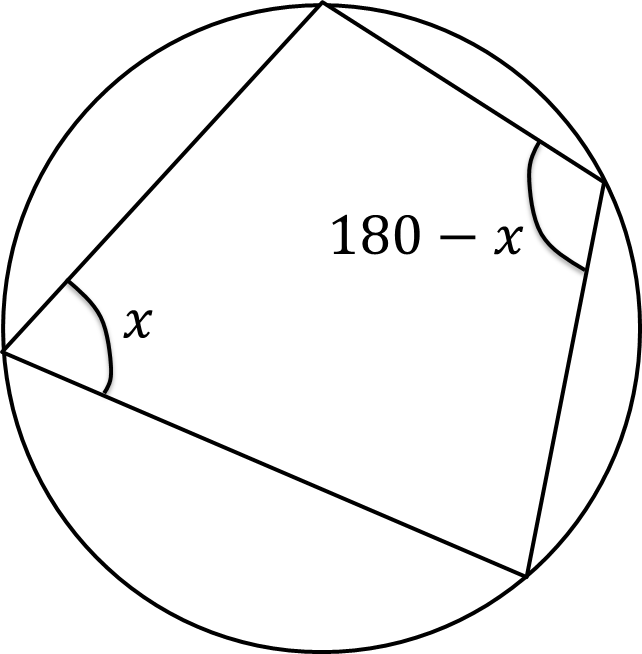
opposite angles in a cyclic quadrilateral add to 180o
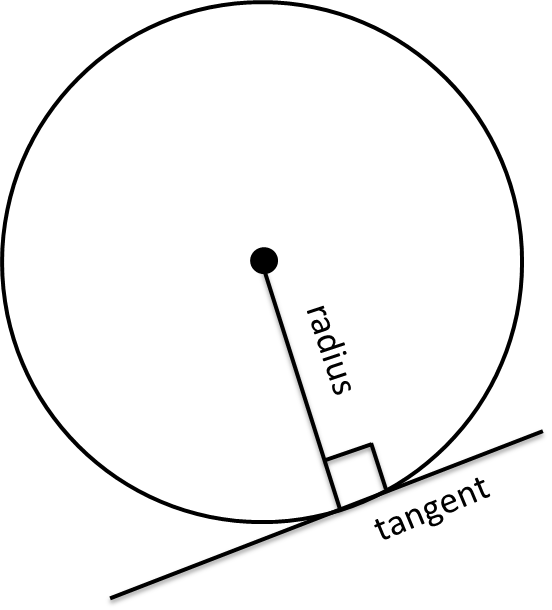
angle made by the tangent and radius is 90o
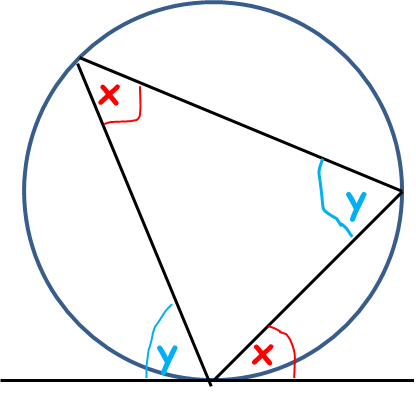
alternate segment theorem
look for a triangle (or just a chord) meeting a tangent
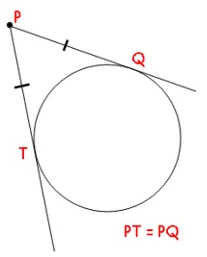
two tangents coming from the same point are the same length
often leads to an isosceles triangle
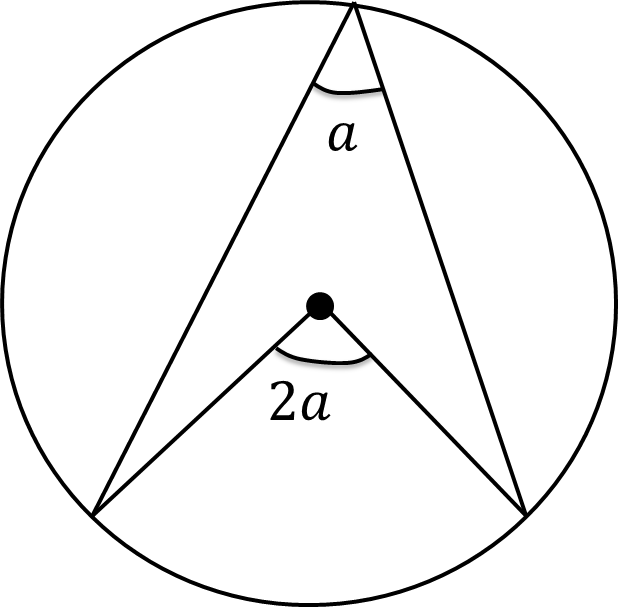
prove
Draw a line from O → B to split the arrowhead into two triangles
Triangles AOB and OBC are isosceles (radiuses)
Therefore angles BAO and ABO are the same, and OBC and OCB are also the same (let them be x and y)
Angle AOB = 180° - x - x because angles in a triangle add to 180°, and angle BOC = 180° - y - y as well
Therefore angle AOC = 360 - (180-2x) - (180-2y)
You can simplify this equation into 2x+2y (as 360 - 180 - 180 = 0)
Therefore angle AOC = 2x + 2y, or 2(x+y)
We also know that angle ABC is x+y
Therefore angle AOC is twice the size of ABC!
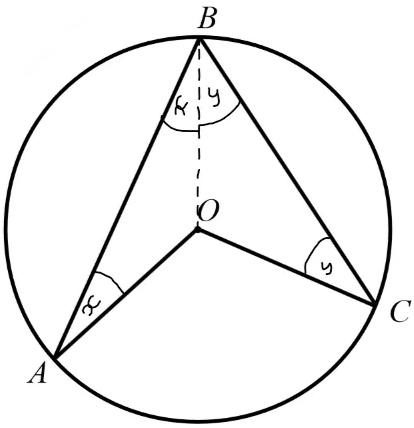
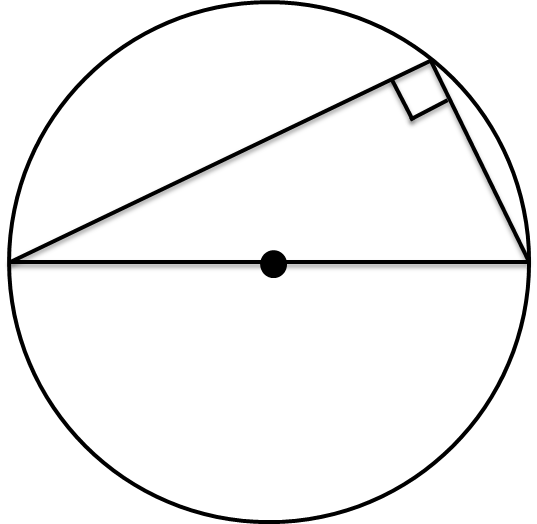
prove
Draw a line from O → B to split the triangle into two smaller ones
Triangles ABO and OBC are isosceles because AO, BO, and AC are all radiuses
So angles BAO and ABO are the same, and angles OBC and BCO are the same (let them be x and y)
Therefore the angles inside triangle ABC are x + x + y + y = 180°
Simplify this to 2x+2y = 180 and then 2(x+y) = 180 and then finally x+y = 90
So angle ABC is 90°
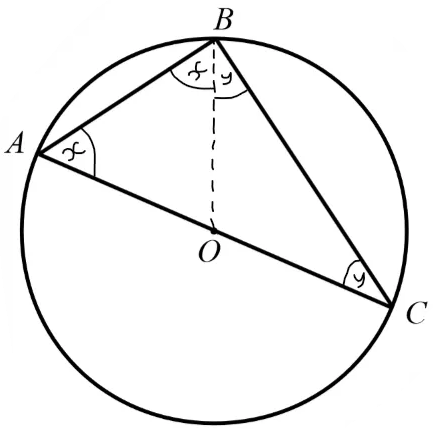
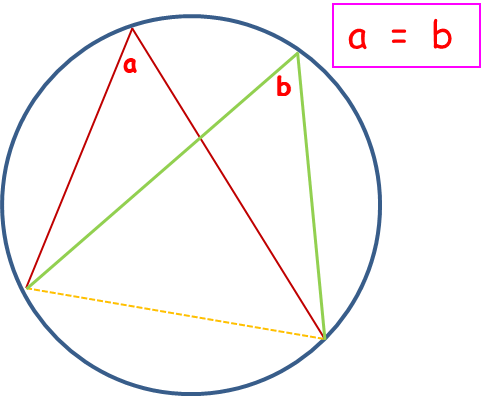
prove
Let angles ABD and ACD be x and y
Draw a line from A→O→D to create an arrowhead
Using the arrowhead theorem, angle AOD is 2x and also 2y
Therefore we can say that 2x = 2y, and then that x=y
Therefore angles ABD and ACD are the same!
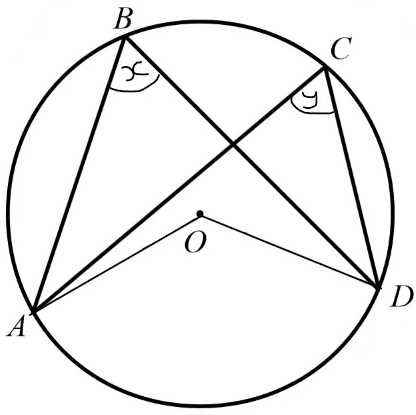
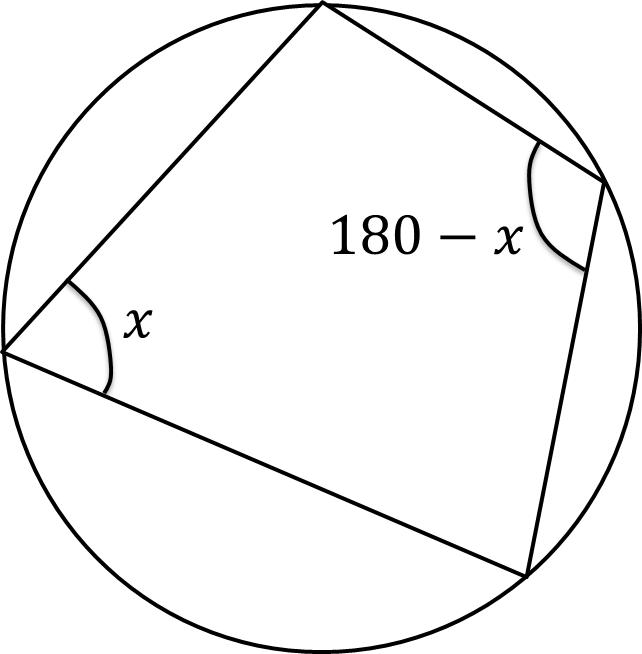
prove
Draw a line from A→O→C to split the quadrilateral into two smaller quadrilaterals
Call angle ABC x and angle ADC y
Using the arrowhead theorem, the two angles at AOC would be 2x and 2y
You know that these two angles added together made 360° (2x+2y=360°) because of angles around a point
You can simplify this equation to x+y=180°, proving this theorem
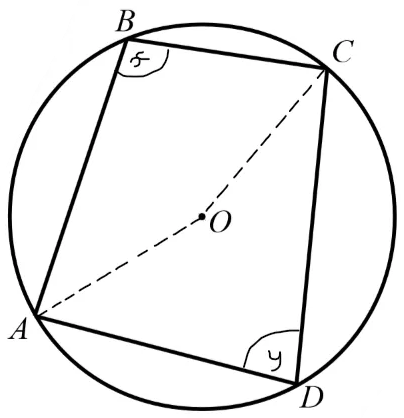

prove
Draw a line from C→O→B to create a smaller triangle
This triangle (OBC) is isosceles as OC and OB are both radiuses
Therefore you can label OCB and OBC as both x
Angle OCE is 90° using the tangent and radius theorem, so if angle OCB is x, angle BCE is 90-x
Using the arrowhead theorem, you can label angle CAB as y and COB as 2y
Using everything we’ve labelled so far, we can use angle facts in triangle OCB and say that 2x + 2y = 180°
You can simplify this to x+y=90°, and then rearrange to say that y = 90-x
As angle BCE is 90-x, and CAB is y, they are the same
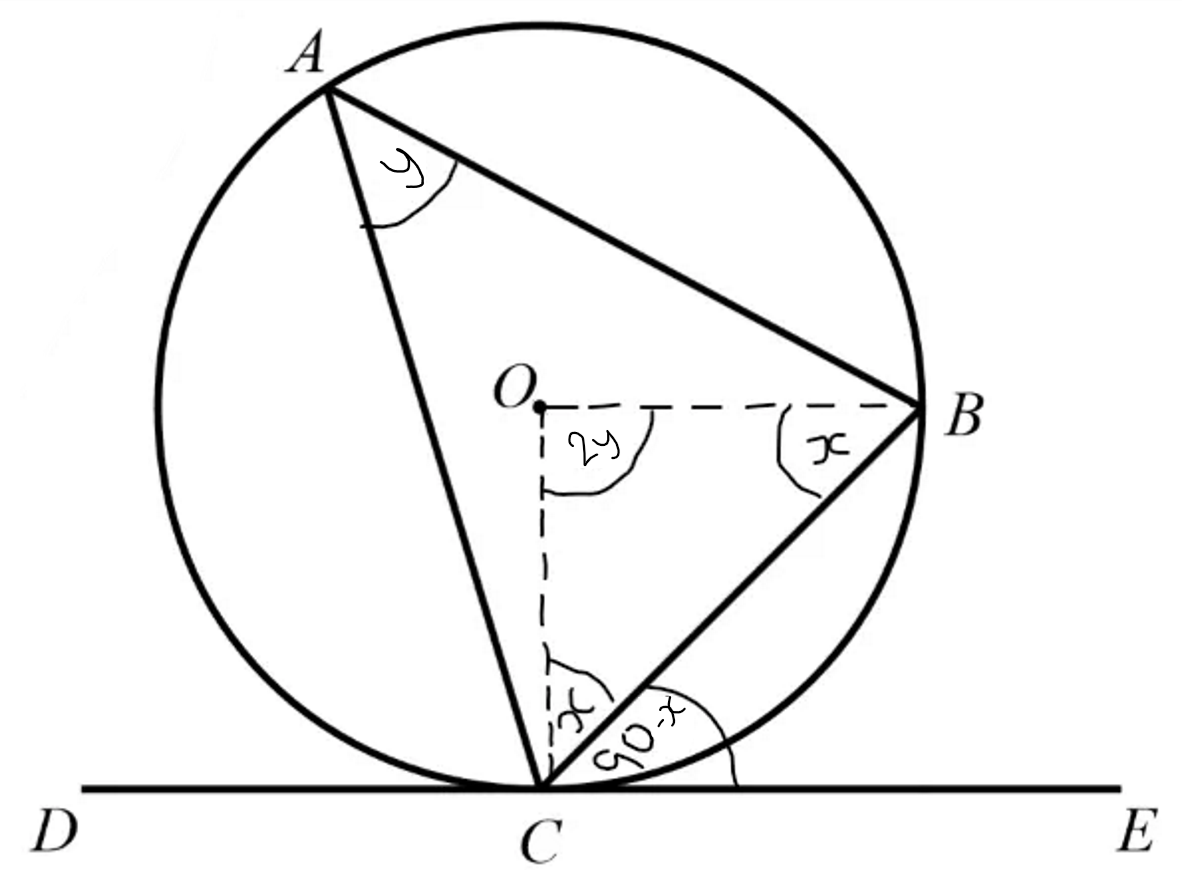
arithmetic sequence
terms increase/decrease by the same amount each time
e.g. 1, 2, 3, 4, 5 or 3, 5, 7, 9, 11
geometric sequence
consecutive terms are found by multiplying/dividing by the same value (the common ratio)
e.g. 2, 4, 8, 16
quadratic sequence
where the nth term is a quadratic (form of an2+bn+c)
finding the nth term of arithmetic sequence
bn + a
b = the difference between the terms
a = the term before the first term (n=0)
finding the nth term of geometric sequences
use the common ratio - number you multiply each term by to get to the next. you find it by dividing one term by the one before it
a x rn-1
a = the first term of the sequence
r = the common ratio
finding the nth term of quadratic sequences
Work out the difference between each pair of terms
Work out the second difference - the difference between the differences.
Divide the second difference by 2 to get the coefficient of the n² term. Write this down.
For each term in the sequence, work out the coefficient of the n² term you just worked out, subbing 1, 2, 3 etc into n for each term.
Now subtract those numbers you just worked out from each term in the original sequence (term - coefficient) to give a new sequence
Work out the nth term of this new sequence, and simply add it onto the end of the coefficient you worked out in step 3.
quadratic graphs
equation in the form ax² + bx + c
graphs are symmetric with one turning point. the u-shaped part is called a parabola.
if the coefficient of x² is positive then the graph looks like a regular U-shape. if the coefficient of x² is negative then the graph looks like an upside-down U-shape
the ‘c’ part (the last number on its own) is the y-intercept.
the roots (solutions) of the equation are where the curve crosses the x-axis
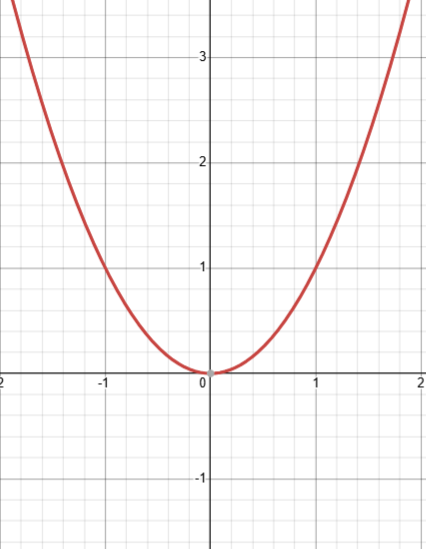
cubic graphs
of the from ax³ + bx² +cx + d. graphs have the shape of a curve with a wiggle in the middle.
if the coefficient of x³ is positive, the wiggle goes from down to up (looking left → right). if the coefficient of x³ is negative, the wiggle goes from up to down
they have two turning points
‘d’ part (the last number on its own) tells you the height - how shifted up/down the graph is
roots (solutions) are where the curve crosses the x-axis
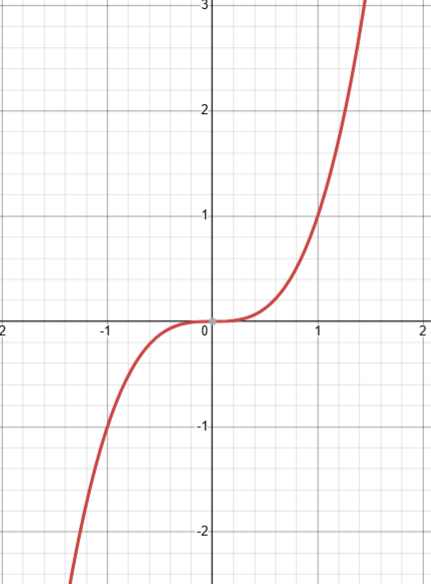
reciprocal graphs
in the form a / f(x) where f(x) is a function of x e.g. x+1
you can recognise them by their fraction
reciprocals don’t have values for every value of x - since we can’t divide by 0, the denominator can’t ever be 0, so when the denominator is zero the function is undefined. this makes reciprocal graphs have asymptotes - lines that the graph gets very close to but never touch. they’re represented as dotted lines
to plot reciprocals, think about the asymptotes and draw them in first
if the denominator is squared, the reciprocal will have only positive values, so the two lines will be in the top two quarters of the graph (instead of in opposite quarters). the opposite applies if x is negative and squared
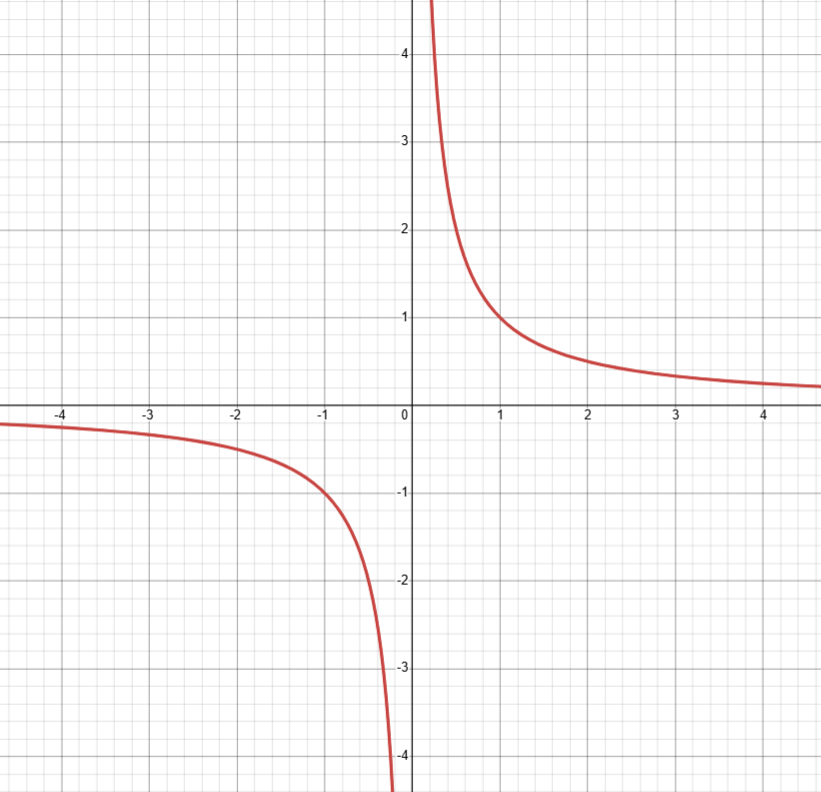
exponential graphs
form y = ax
when a is bigger than 1, ax gets very high very quickly, and as it decreases ax gets smaler but never touches 0 - the x-axis is an asymptote. the opposite is true if a is smaller than 1
all exponential graphs go through the coordinate (0,1)
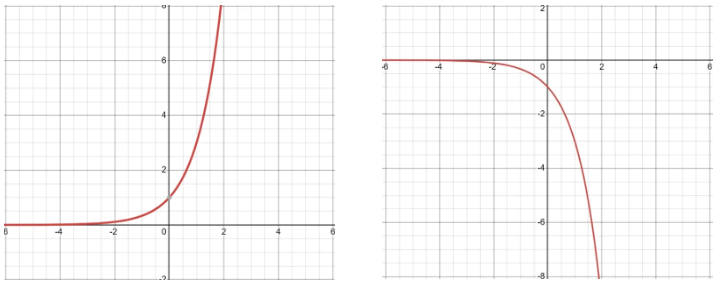
circle graphs
in the form (x - a)2 + (y - b)2 = r2 where r is the radius, and the circle’s centre is at (a, b) - but with the opposite signs as in the equation
if there are no numbers attached to the x or y (e.g. x2 + y2 = 16) then the centre is at (0,0)
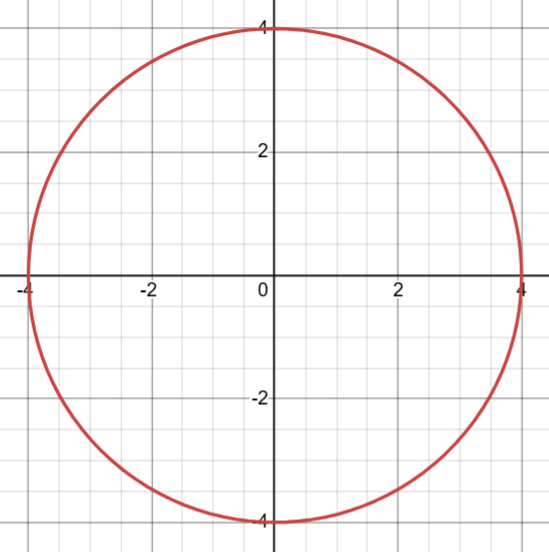
finding the equation of a tangent
find the gradient of the radius (rise/run)
find the gradient of the tangent (negative reciprocal of radius)
find the c part of the equation (sub the coordinates you know into the equation)
put it all together into y = mx + c
how many mg in a g
1000
how many kg in a tonne
1000
how many ml in 1cm3
1ml
circumference of a circle
2πr
area of a circle
πr2
arc length of sector
angle x 2πr
360
area of sector
angle x πr2
360